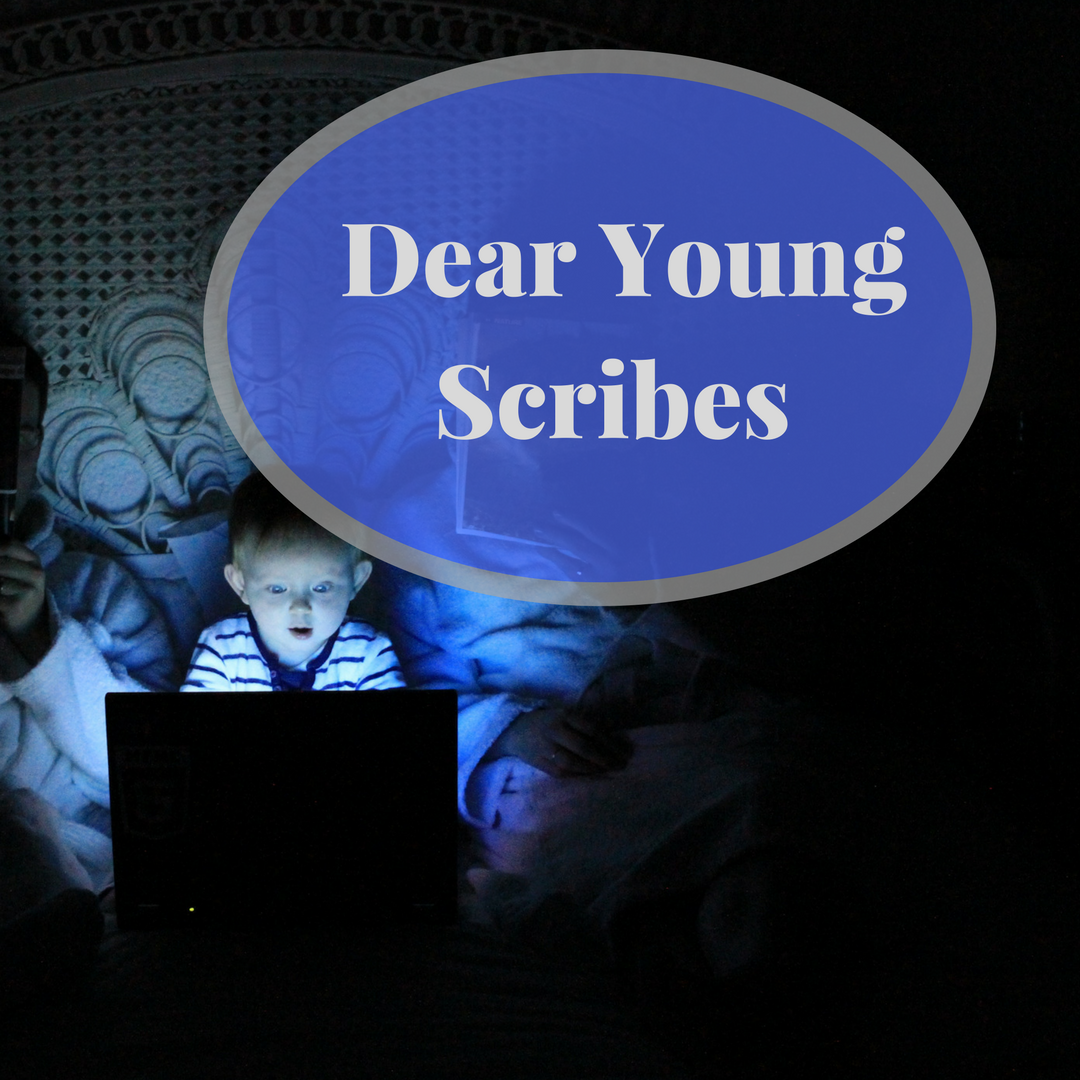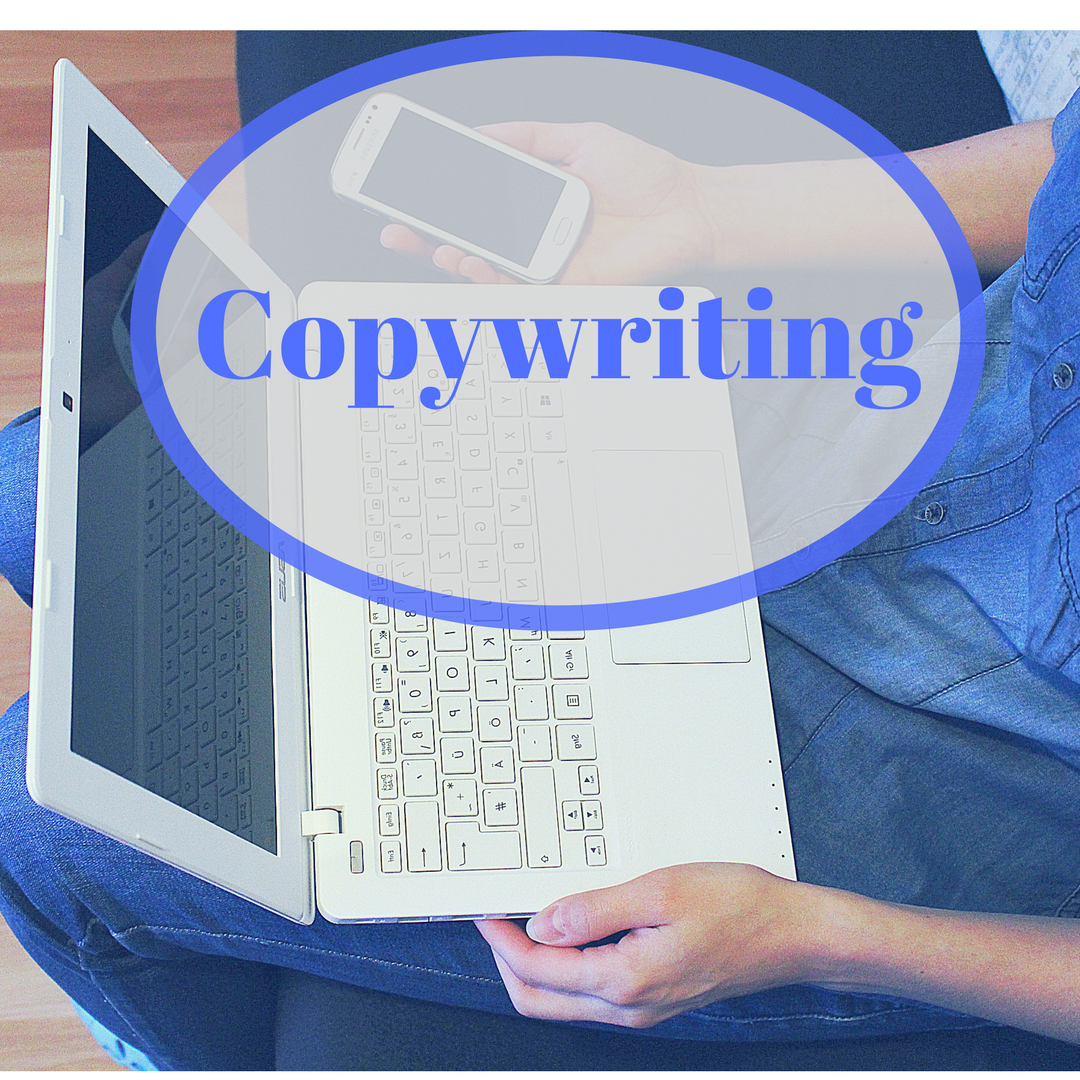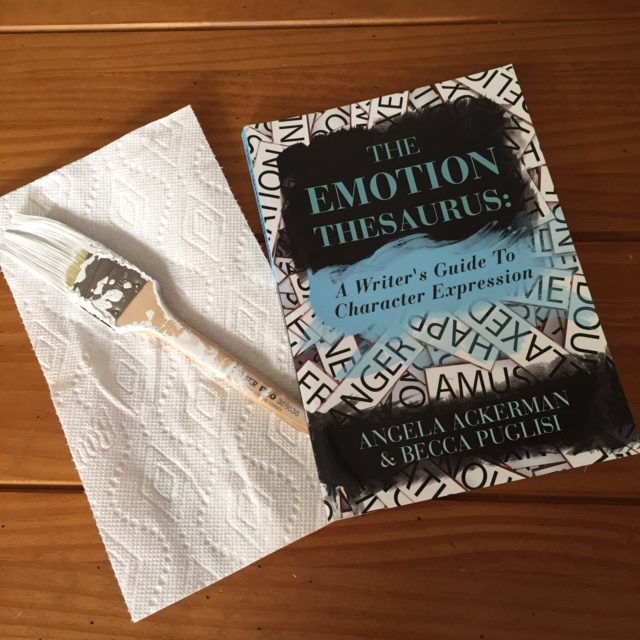
Beef Up Your Proposal Marketing Section
When writers take personality tests, the majority are introverts. They prefer to write more articles or books instead of…
February 25, 2019
When writers take personality tests, the majority are introverts. They prefer to write more articles or books instead of…
February 25, 2019
“Lisa, everyone is asking me when they can buy a copy of the book.” I looked at my friend…
September 15, 2018
Editors are like doctors. People entrust their precious baby to them. Their beautiful, chubby, and well-loved child. Doctors must examine…
July 25, 2018
Social media provides a new frontier ready for settlers. We gaze at its complex landscape of influencers, followers, and…
July 9, 2018
Are you on LinkedIn? If so, let’s connect. If not, please join us. LinkedIn is your online watering hole…
June 27, 2018
Congratulations, the agent, and publisher liked what they read in your Cover Letter, and opened the door to the…
March 25, 2018
Marketing isn’t exactly an author’s favorite job. After all, aren’t writers supposed to keep producing books and rely on…
March 9, 2018
It’s hard getting traction as a writer without an audience. If you’re new to this noisy world of publishing,…
February 21, 2018
The best investment is a good investment, but what is a good investment? One that has lasting personal and…
January 25, 2018In this Writers Chat episode, award-winning author and MFA student in Communications: New Media and Marketing Bethany Jett shares…
October 12, 2017
Elaine Marie Cooper We’ve been doing quite a bit of painting at our house lately. A lot of painting.…
October 7, 2016